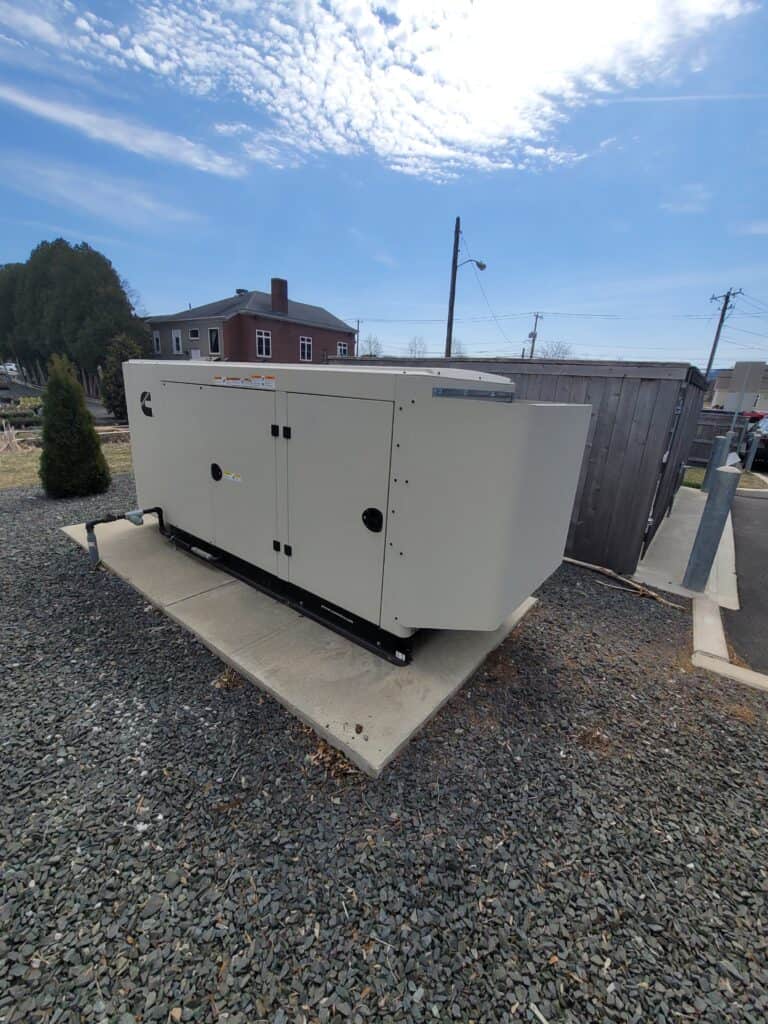Load Banking
Load banks can be used in place of an interruption to facilities load.
This device simulates an electrical load for generator output power. Load banks can be defined as a self-contained, unitized, systematic device that include load elements with control and accessory devices (system that tests emergency generator and associated systems).
Part of any industrial/commercial generator maintenance plan should include at a minimum, an annual load bank test. Load banks allow generators to be tested at their rated capacity. You may ask why this is
important if your critical load doesn’t equal your commercial generator’s capacity. The simple answer to this is you can’t predict how your generator will react in an emergency unless it is run to its rated load and given the opportunity to perform.
The problem that exists with many stand by industrial power generator applications is that they are not run like the engine was built to. Since they sit in a stand by application most of the time they can “Wet Stack” this condition can lead to a motor that can pre-maturely fail or cause serious engine damage. It is for this reason that the motor needs to go through an extensive load test beyond simple exercising or doing a transfer to building load.
When a building load is used for load tests you are always placing the critical load at risk, in some applications this may be acceptable but if you lack redundancy this can be a high-risk transfer. In addition, typical building loads are not going to equal the total load capacity of the industrial power generator, and thus are not going to fully test the engine.
It is important to allow the engine the opportunity to burn off built-up & “wet stack” and fully come up to temperature through a full load.
Power Plus provides:
- Load Banks from 5kw to 2000kw
- Tests from 2 to 8 hours
- Difficult applications where extended cable runs and roll-up generators are needed.
Wet stacking is a condition in diesel engines in which unburned fuel passes on into the exhaust system.
This condition can have several causes. The most common cause is idling the engine for long intervals, which does not generate enough heat in the cylinder for a complete burn. “Idling” may be running at full rated operating speed, but with very little load applied. Another is excessive fueling. That may be caused by weak or leaky injectors, fuel settings turned up too high or overfueling for the given rpms. Cold weather
running or other causes that prevent the engine from reaching proper operating temperature can cause a buildup of fuel due to incomplete burn that can result in & “wetstacking”
In diesel generators, it is usually because the diesel engine is running at only a small percentage of its rated output. For efficient combustion, a diesel should be run under at least 60 per cent of its rated power output.


